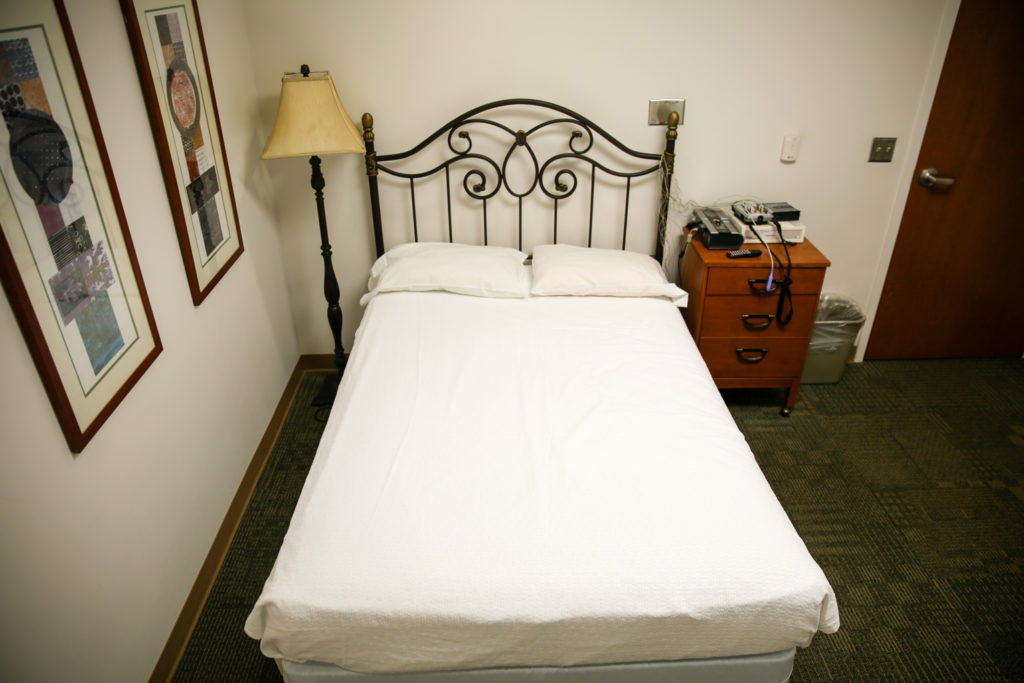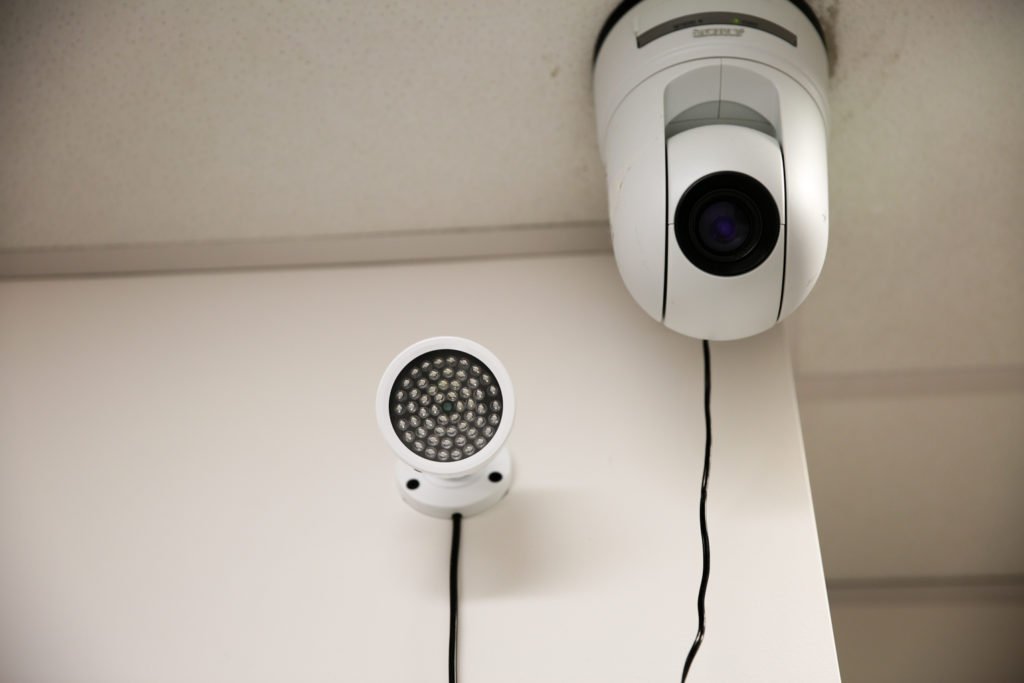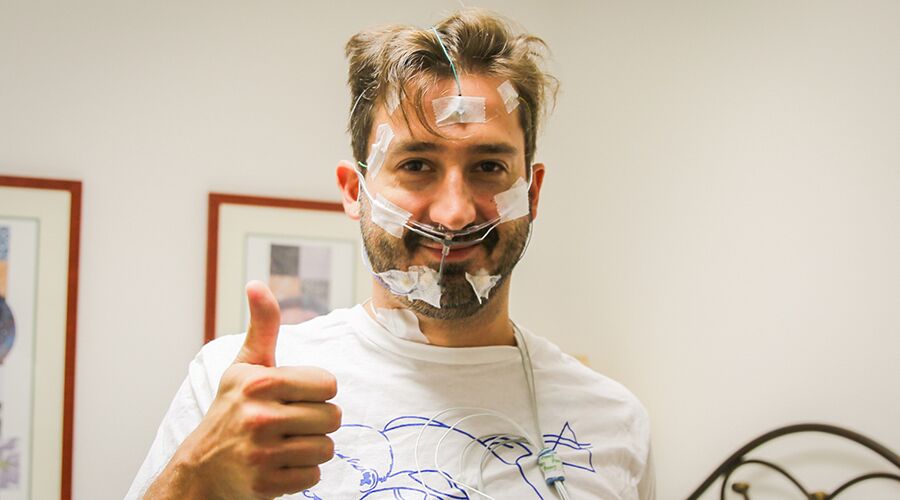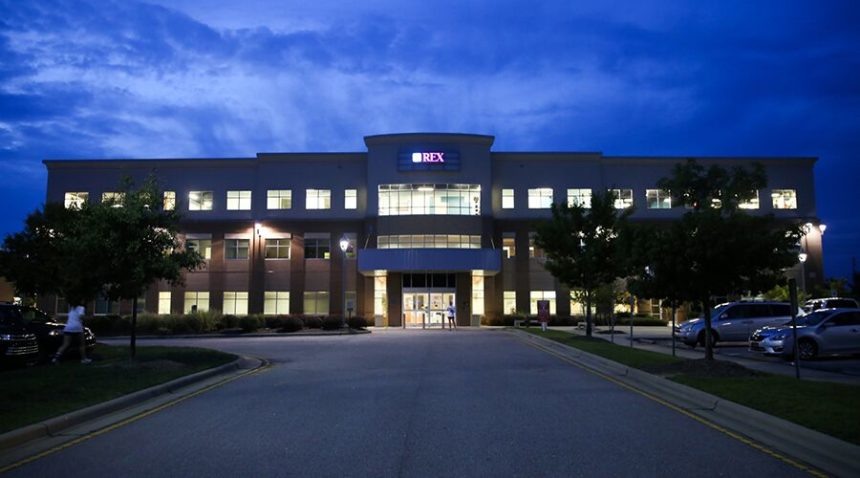Note: Tom Sowders, marketing coordinator at UNC REX Healthcare, wrote this diary of his sleep study experience in August at the REX Sleep Lab of Knightdale.
Has your partner expressed concern about you snoring at night? Do you feel tired during the day or wake up in the middle of the night and have a tough time going back to sleep?
If so, talk to your doctor. You might benefit from a sleep study. Here’s how it works: You spend the night in a sleep lab hooked up to monitors while a nurse observes you to determine if you have a sleep disorder.
I’ve been struggling with daytime tiredness, so my doctor suggested a sleep study at UNC REX Healthcare.
To be honest, I wasn’t eager to try it. I had lots of questions: Would I be able to sleep in a strange place? Would it be comfortable? What if I had to pee in the middle of the night?
But I decided to do the study, and I kept a log during the process—when I wasn’t conked out, of course.
Here’s how it all went down.
7:55 p.m
I arrive at UNC REX Healthcare of Knightdale and head inside. I follow the signs to the Sleep Lab, where I’m greeted by a friendly woman named Phyllis. She’s the nurse who will observe me for the night. She hands me forms to fill out with questions about my medical history, sleep goals and sleep habits. Other questions gauge how sleepy I get with certain activities, including questions like:
- Does sitting in a meeting make you want to doze off? How badly?
- Does simply reading a book make you sleepy?
- How about sitting on a bench talking to a friend?
8:15 p.m.
Phyllis takes me around the corner to my room for the night.
When I walk in, I notice it looks just like a hotel room. There’s a nice, sizable, clean bed with white linens and a stylish headboard. Some hotel-style art hangs on the wall. A muted flat-screen TV plays the show MasterChef. There’s even Wi-Fi, so at least it feels like home as I wind down for the night.

Phyllis asks me about my sleep patterns. I tell her about my concerns, mainly that I feel pretty tired during the day, even when I’ve had a decent night’s sleep.
She shows me the equipment that I will be hooked up to for the night. I learn that I will have thin cords running down my pant legs, two elastic belts on my chest and several little wires running from the top of my head to a connection box on the nightstand. She also shows me the camera on the wall that will allow her to see and hear me during the night.

She also shows me the continuous positive airway pressure (CPAP) ventilator; it’s an air system that helps people with sleep apnea breathe at night. It’s there in case she feels like I need it at some point during the night. There are three options for headgear for the CPAP: one that covers the mouth and nose, one that covers just the nose and a newer kind with two small, silicone nozzles that fit into your nostrils.
With all this equipment, I ask, “Don’t people have trouble sleeping with all this stuff attached to them?”
“Yeah, some of them do,” she says. “Not many, but some.”
At least she’s honest, right?
Phyllis leaves to go prepare another patient for a sleep study.
As she leaves, my mind starts to wander a bit. I regret wearing this brand-new T-shirt, which is scratchy. I try to FaceTime with my wife, but she doesn’t answer. I start to get nervous and wonder if I will actually fall asleep. I consider that during the night, I won’t be able to use the bathroom without calling on Phyllis to come detach me so I can walk to the bathroom. I spot the fan and decide to set it up so that it will make white noise and hopefully help me trail off to sleep when it’s time.
9:15 p.m.
Phyllis knocks lightly on the door. She places a chair in front of the bed and asks me to sit down. She proceeds to attach “leads” to me. Leads are little thin wires that run from my head to a small connection box on the nightstand.
She also puts a plastic tube with little nasal inserts into my nose. She explains that this will help her monitor my breathing.

Once I’m all hooked up, I get in bed. She leaves and turns off the light.
Then, I hear her voice come through a speaker. She asks me to look left, right, up and down. She asks me to clench my teeth and relax them, clear my throat, breathe through my nose only and then breathe only through my mouth. She asks me to hold my breath for 10 seconds, then relax and breathe normally.
After the series of checks, it’s time for me to relax and fall asleep.
12:15 a.m.
I stir suddenly and open my eyes. I feel as though I haven’t slept at all.
I call out to Phyllis to let her know I need to use the bathroom. In less than 30 seconds, she’s there. She removes the contraption that attaches to the leads coming from my head.
When I get back, she asks me, “How long do you think it took you to fall asleep?”
I answer, “I don’t think I actually fell asleep.”
When she tells me that I fell all the way into stage 3 sleep, I’m surprised because it felt like my mind was racing during those few hours.
After a bathroom break, I quickly fall back asleep.
2:15 a.m.
Phyllis gently wakes me up.
“You do have some mild sleep apnea,” she says.
I feel disoriented, like I was in deep sleep.
“That’s why you’re tired during the day,” she says. “You keep waking yourself up at night.”
She has a CPAP in her hand and gently slips it over my head.
I begin to breathe through my nose and adjust to the headgear. At first, it’s like trying to breathe through a stuffy nose. There’s a little resistance. It takes a little effort to comfortably breathe in and out, but in less than a couple of minutes, I’m back to sleep.
6:30 a.m.
Phyllis knocks on the door and enters the room. She turns the lights on and says “good morning” as I wake up from a deep sleep.
She removes all of the monitoring equipment and tells me that a doctor will analyze my results and be in touch soon.
And that’s it. There’s a private bathroom and shower in the room, so I could get ready for work if I needed to. Instead, I head home with some relief that I may finally have some answers as to why daytime tiredness had been plaguing me for months.
Conclusion
Have you been considering a sleep study but didn’t know what to expect? If so, I hope this gave you some insight into what the experience is like. In the end, it allowed me to discover that I have mild sleep apnea, which I never would have known had I not participated in a sleep study.
Tired of being tired? Take a free online SleepAware assessment to find out if you’re at risk for a sleep disorder. You can also sign up for a sleep study at one of our locations in Wake County or Chapel Hill.

